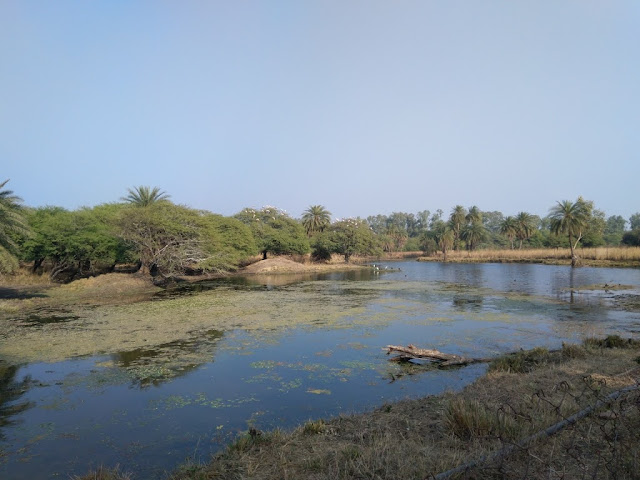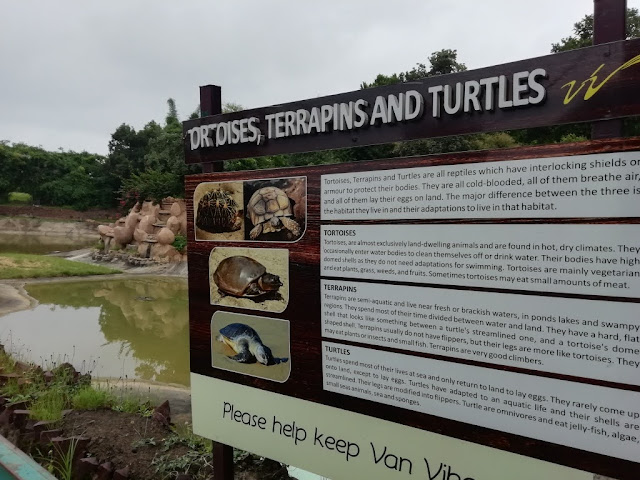Van Vihar
National Park, Bhopal, Madhya Pradesh
Van Vihar National Park is a national park located in Bhopal City in Huzur Taluk in Bhopal District of Madhya Pradesh in Central India. Van Vihar is situated on the Shyamala hill on the fringe of upper lake and the lifeline of capital city of Madhya Pradesh.
History
The degraded hillock of Shyamla Hill along with private village land was initiated in 1980 and finally notified as a national park in 1983. The funding from the Central Zoo Authority started in 1993-94 and also granted Van Vihar as a medium sized Zoo on the same year.
The National Park
For
brief details, please refer below link;
Facilities
For
brief details, please refer below link;
Timings & Fees
For
brief details, please refer below link;
Contact
Van
Vihar National Park and Zoo,
Bhadbhada
Road,
Bhopal –
462003,
Madhya
Pradesh, India
Phone: +91 755 267 4278
Email: fdvanvnp.bpl@mp.gov.in
Connectivity
The park
is located at about 4 Kms from Bhadbhada Square Bus Stop, 9 Kms from Neelbad, 9
Kms from Bhopal Bus Stand, 9 Kms from Bhopal Junction Railway Station and 17
Kms from Bhopal Airport. The park is situated at about 4 Kms to the north west
of Bhadbhada Square Bus Stop on the Bhopal to Neelbad route.








.jpg)



.jpg)
.jpg)



.jpg)


.jpg)









.jpg)












.jpg)


.jpg)
